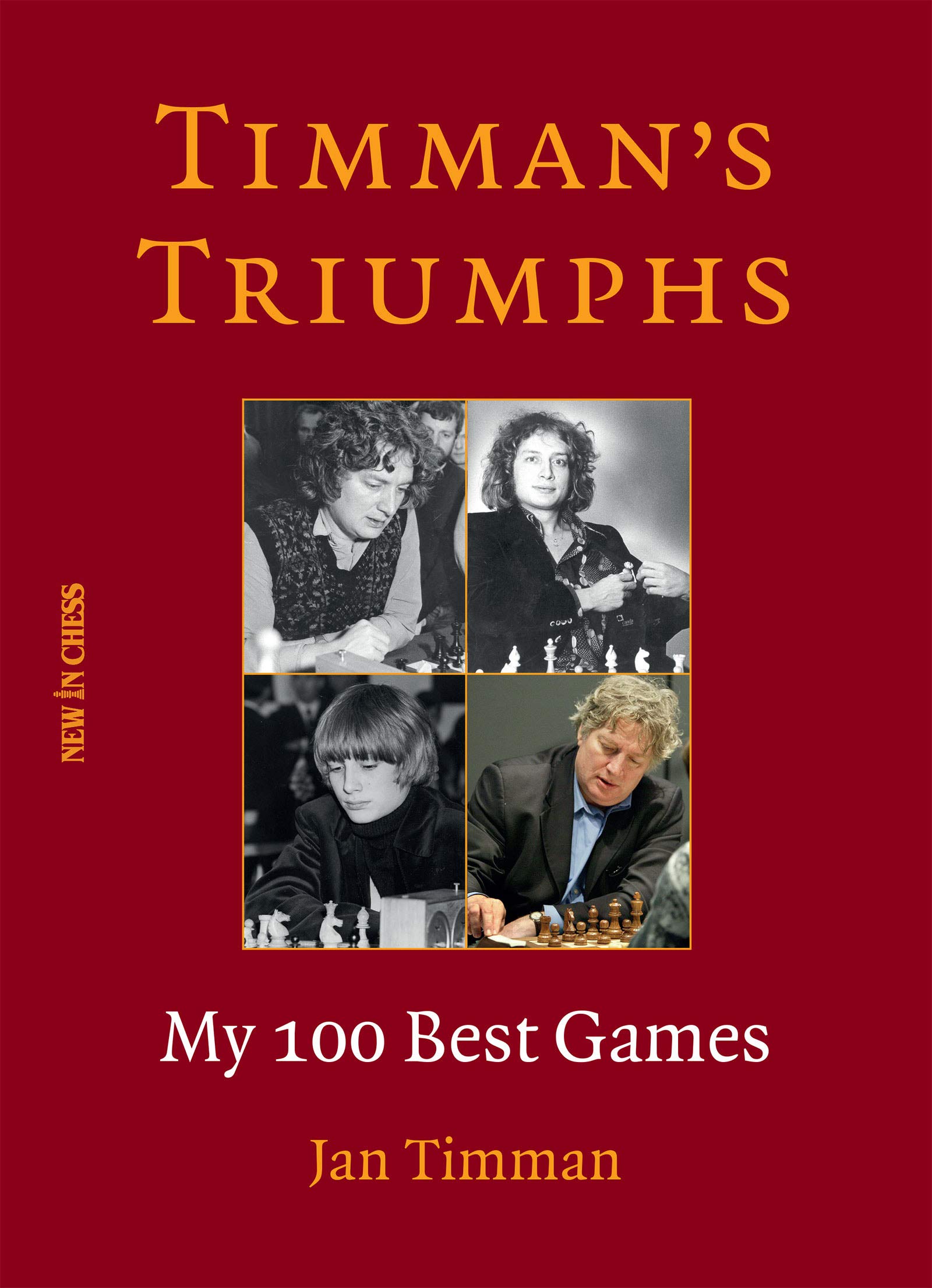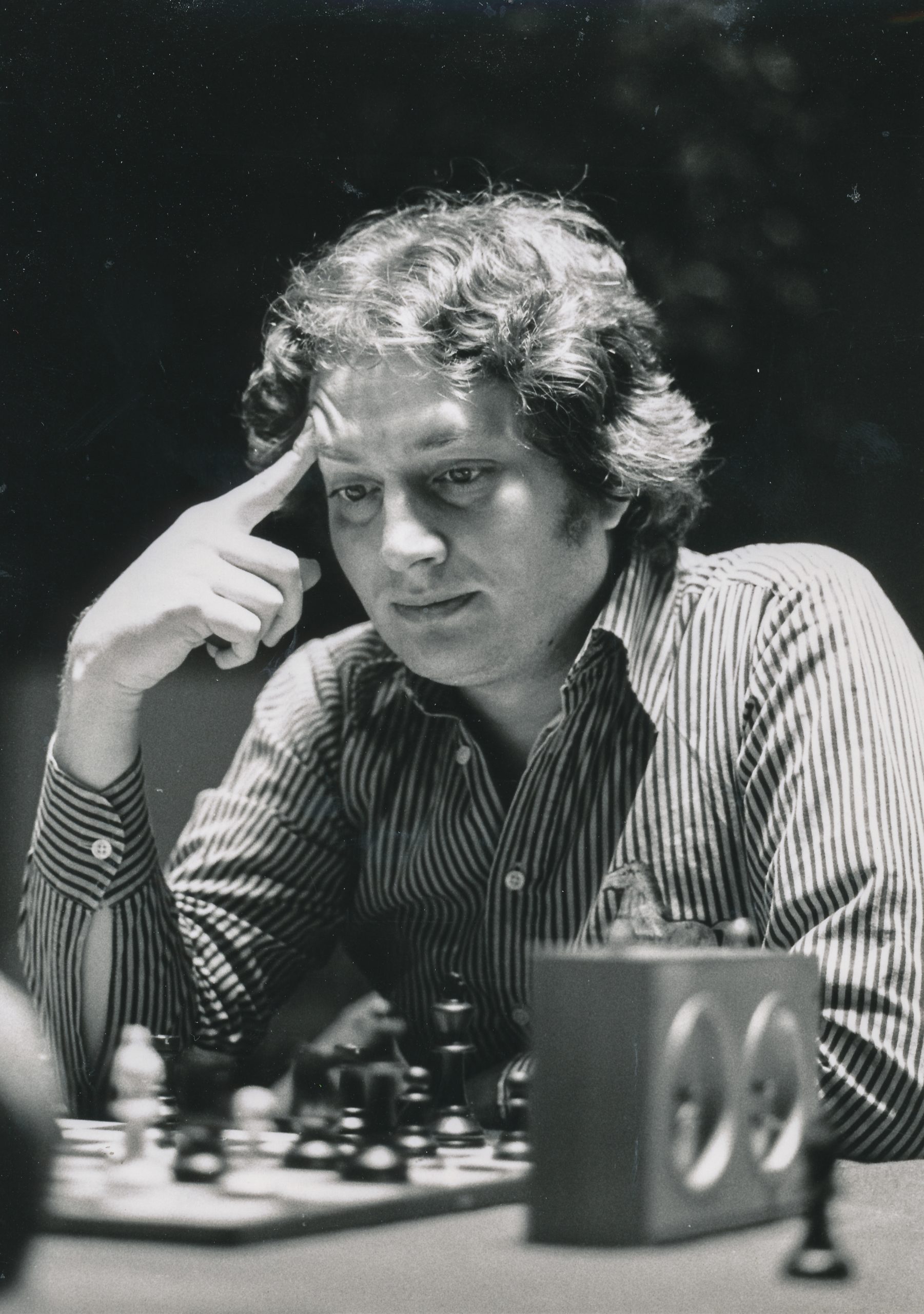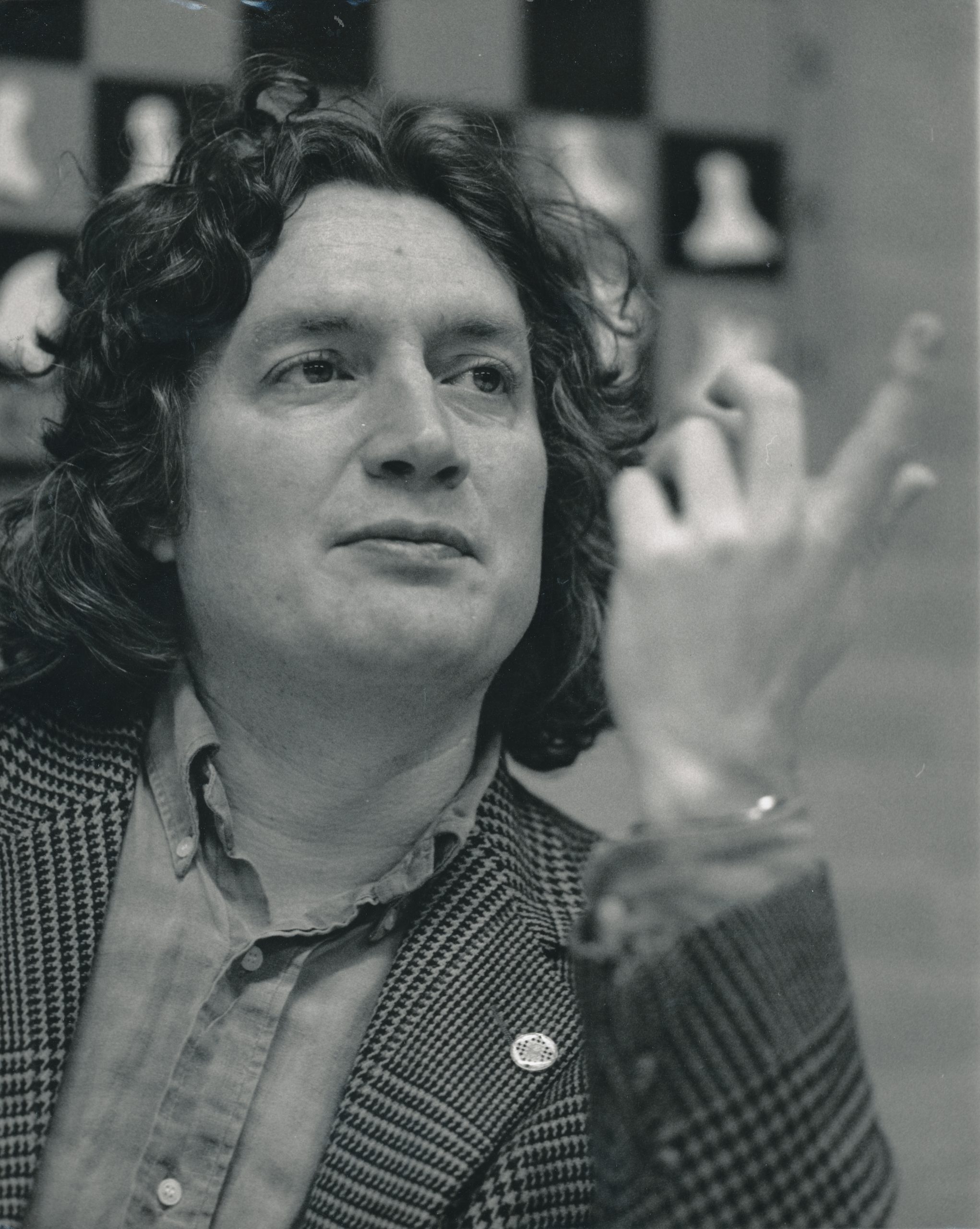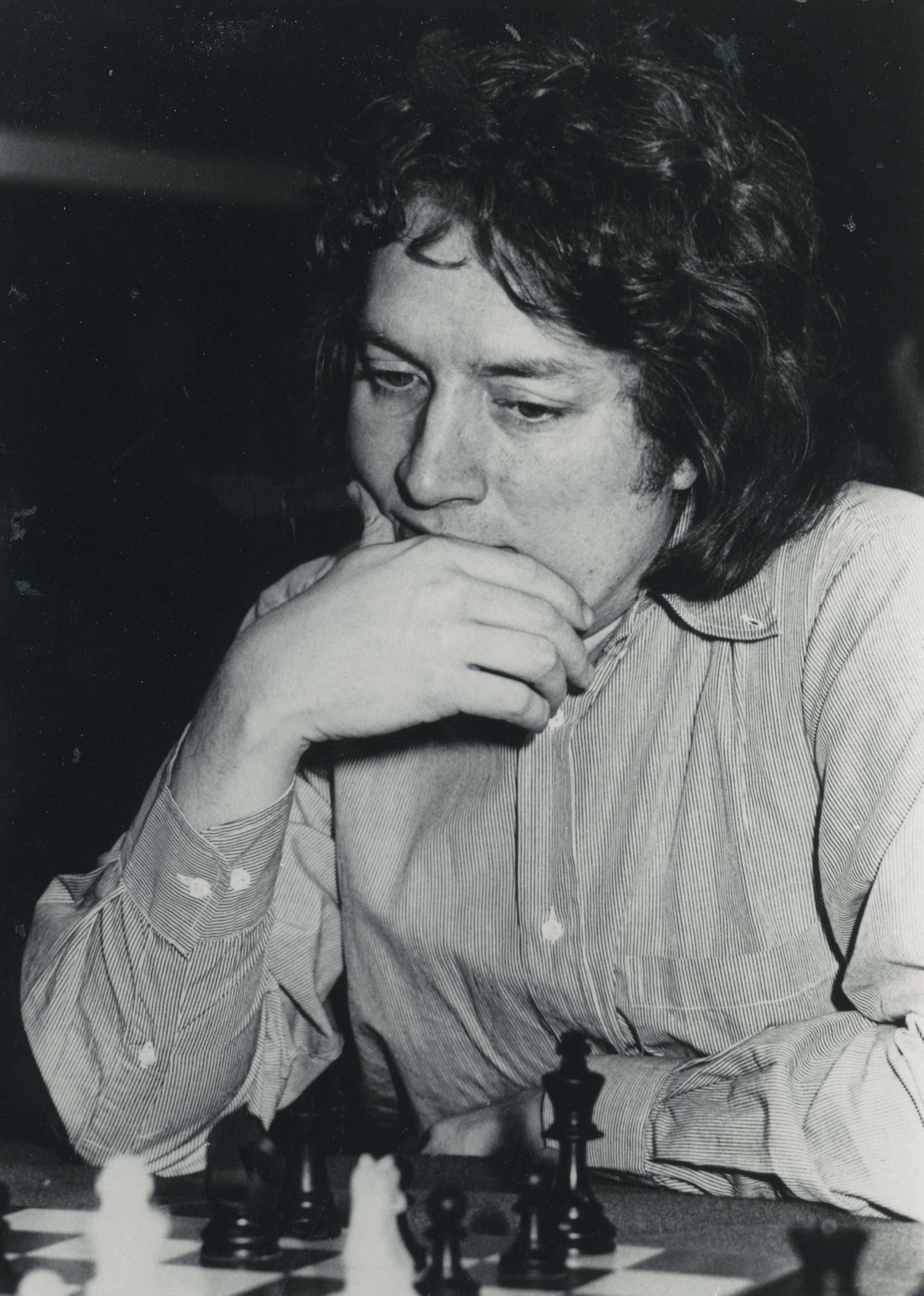Timman’s Triumphs : My 100 Best Games : Jan Timman


From the publisher :
“Jan Timman is the author of highly acclaimed books such as Curacao 1962 and The Art of the Endgame. His best-selling Timman’s Titans won the 2017 English Chess Federation Book of the Year Award. His previous book, The Longest Game, is a riveting account of the epic rivalry between Garry Kasparov and Anatoly Karpov.”
From the book’s rear cover :
“Jan Timman is one of the greatest chess players never to win the world title. For many years ‘the Best of the West’ belonged to the chess elite, collecting some splendid super tournament victories. Three times Timman was a Candidate for the World Championship and his peak in the world rankings was second place, in 1982. For this definitive collection, Timman has revisited his career and subjected his finest efforts to fresh analysis supported by modern technology. The result is startling and fascinating. From the games that he chose for his Timman’s Selected Games (1994, also published as Chess the Adventurous Way), only 10(!) made the cut. Some games that he had been proud of turned out to be flawed, others that he remembered as messy were actually well played. Timman’s Triumphs includes wins against greats such as Karpov, Kasparov, Kortchnoi, Smyslov, Tal, Spassky, Bronstein, Larsen and Topalov. The annotations are in the author’s trademark lucid style, that happy mix of colourful background information and sharp, crystal-clear explanations. Once again Jan Timman shows that he is not only one of the best players the game has seen, but also as one of the best analysts and writers.”

Jan Timman (b 1951) has had an active chess career lasting over half a century. For much of the 1980s he was considered the strongest player in the West, with only Karpov and Kasparov clearly his superior. He also has an enviable reputation as an excellent writer and annotator, as well as an expert on endgame studies.
Here, we have a collection of Timman’s 100 best games. In fact, that’s not quite true. The introduction includes two games which just missed the cut, plus another three extracts where he played a study-like move.
As this is a best games collection, you won’t find any losses. There are two draws, from either end of his career, and 98 wins. As you’ll see from the back cover, there’s very little overlap with Timman’s earlier best games collection, and those games now have totally different annotations.
The analysis has all been double checked using strong engines, so you can be pretty sure of its accuracy. At the same time, Timman’s annotations are resolutely old school, and, for this reviewer at least, none the worse for that. You don’t get reams of computer generated tactics, just lucid explanations, with variations only when necessary.
Take, for example, one of his quicker wins, a victory with the black pieces over Nigel Short from Linares 1992. Here’s how Timman annotates the conclusion.
But, as an endgame connoisseur, he occasionally goes into more detail when a fascinating ending appears on the board.
This position is from a game, again with Black, against Artur Yusupov (the book uses the German spelling Jussupow) played in Belgrade in 1989. This position arose just after the adjournment at the second time control. Here’s how Timman explains this position.
“The analysis during the break had taught me that a transfer to a rook ending was the most convincing path to the win. Jussupow had mainly looked at 63… b2. During the post-mortem, he told me that he had found drawing chances in that line. However, the computer is unrelenting. Black wins also here with two accurate king moves: 64. Rb1 Rd2 65. f5 Kd6! 66. Nf7+ Ke7!, and White cannot take on g6, since Black has the d3-square for his bishop.
“During the analysis, I also looked at the spectacular 63… Rd3+ 64. Kg4 Rd1. If this had worked, it would have been a study-like conclusion to the game. Alas, it doesn’t work. The main line continues as follows: 65. Rxd1 Be2+ 66. Kxh4 Bxd1 67. f5 Be2 68. f6 Kd6
and now White has the incredible finesse 69. Nc6!!. Luckily, I found this study-like save in my hotel room in Belgrade. After 69… Bc4 70. Na5! Bf7 71. Nxb3, a theoretically drawn endgame ensues.”
(The game concluded 63… Bd3 64. Nxd3+ Rxd3+ 65. Kg4 Rd4! 66. Rb1 Kb4 67. Rf1 b2 68. Kxh4 Rc4 69. Rb1 Kb3 70. Kg3 Rc3+ 71. Kg2 Kc2 and White resigned.)
These two examples will give you some idea of Timman’s annotation style.
Timman has always been a universal player who uses a wide range of openings so there’s a lot of variety in the play: no chance of getting bored by seeing the same type of position over and over again. Each game is put into its context regarding the tournament or match in which it took place. The text is also enlivened by many entertaining anecdotes, often concerning Timman’s rather hedonistic (especially in his early years) lifestyle. We read, for instance, about listening to Frank Zappa with Ray Keene, and taking the young Nigel Short to a nightclub on the eve of an important game.
There are many readers and who particularly enjoy best games collections: they will certainly revel in this excellent book. For those of you of Timman’s (and my) generation the book will also bring back many memories. For younger readers, though, much of it will be ancient history: perhaps they’ll get the same pleasure out of it that I got from studying the games of Alekhine and Capablanca many years ago.

You might prefer a more spacious layout for the games. You might have liked a summary of his tournament and match results. You might have liked some tournament cross tables. But of course publishers have to make hard commercial decisions. At least we get an index of players (all players mentioned in the book for any reason, rather than an index of opponents) and an index of openings.
But, most importantly, you get 100 great games from one of the best players of the past 50 years, with lucid and instructive annotations. I’m pleased to give this book a warm recommendation.
One last thought. Timman tells us that someday he might write a book of his most exciting games, which would include more draws and several losses. Yes, please!
Richard James, Twickenham 17th October 2020

Book Details :
- Paperback : 352 pages
- Publisher: New in Chess (15 Oct. 2020)
- Language: English
- ISBN-10:9056919172
- ISBN-13: 978-9056919177
- Product Dimensions : 17.15 x 2.18 x 23.77 cm
Official web site of New in Chess

